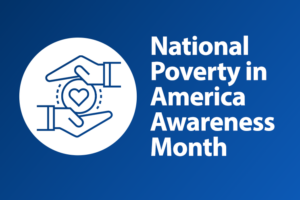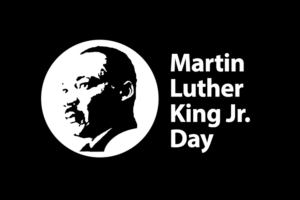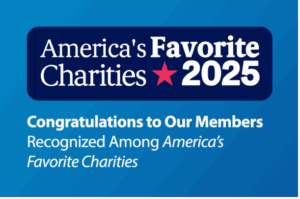Sarah Ford | March 2, 2015
Use Direct Mail to Feature Matching Gifts to Donors
Some donors don’t respond to the internet, and others simply prefer a good, old fashioned letter. Many people who make major donations are older and less technologically savvy than the young people who haven’t yet struck their fortunes and aren’t inclined to give. An older generation of donors (and many young donors) still reads through their snail mail, and direct mail is how to reach them.
In fact organizations still raise a substantial percentage of their overall funds (often 60-80%) through direct mail.
Letters, postcards, paper inserts, newsletters, and return envelopes are your options for thanking donors and making both annual and major gift appeals. Each type of direct mail piece has its place in the matching gift donation cycle (read the Nonprofit’s Guide to Matching Gifts here), and they’ll all help you to reach that vital segment of donors who either don’t use / don’t frequent email or respond to direct mail at a much higher rate.
Get Resources and Insights Straight To Your Inbox
Explore More Articles
Congratulations to Our Members Recognized Among America’s Favorite Charities
Each year, The Chronicle of Philanthropy releases its list of America’s Favorite Charities—the 100 nonprofits that raise the most from individual donors, foundations, and corporate…
Read ArticleGet Resources and Insights Straight To Your Inbox
Receive our monthly/bi-monthly newsletter filled with information about causes, nonprofit impact, and topics important for corporate social responsibility and employee engagement professionals, including disaster response, workplace giving, matching gifts, employee assistance funds, volunteering, scholarship award program management, grantmaking, and other philanthropic initiatives.




